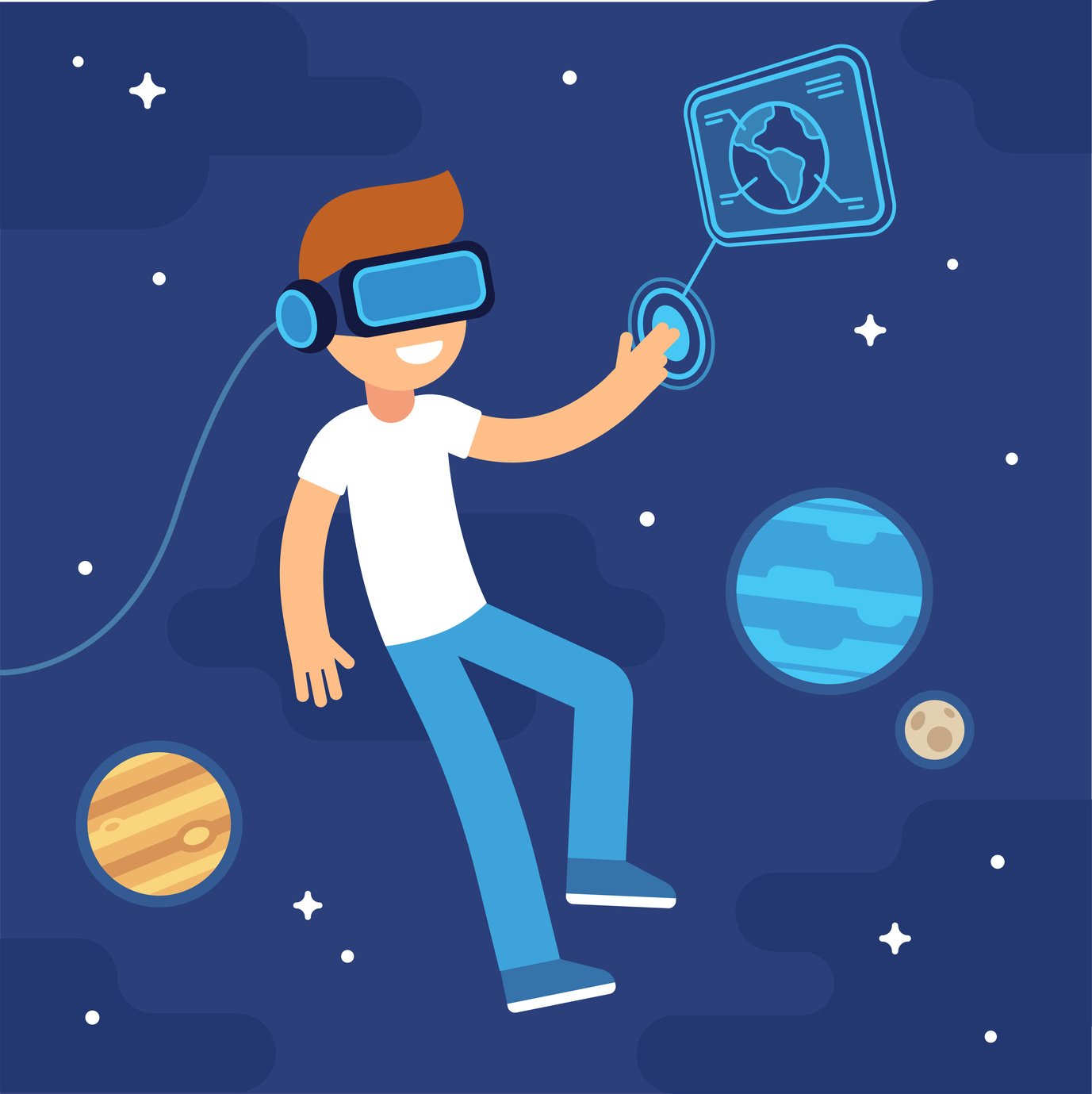How Virtual Reality is Changing Education

Education has always been an aspect of society that demands change. By nature of what education is, it must adapt to address the changes of the world in a meaningful way so that our young people are amply prepared to tackle the unique challenges of the time they live in. In today’s day and age, technology has been the major driver behind the philosophical changes of education. At first, the internet and advent of online education was a major catalyst for changes in education. Now, technology might be about to change the paradigm of education, yet again. What this is referring to is virtual reality, which presents a new set of possibilities for what can be done in the field of education. Here is some information about how virtual reality is changing education…
VR classroom environments
The internet has made the possibility of sharing information for education a globalized possibility. Now, virtual reality might take it even a step further. One major setback with online classrooms is that they don’t cater to many different types of learners, and exist only 2-dimensionally in the mind of a student. Virtual reality classrooms might be the solution to this, as they are able to put students in a simulated 3-dimensional environment that is designed to evoke more participation in classroom topics. Recent studies have shown that virtual reality classrooms have seen major success in getting students to get excited and proactive about their education.

Education meets gaming
A major goal of education has always been to find ways to present information to students in a way that invigorates them. This is why we all played so many educational, classroom games in school, as it was a way to increase participation in learning. Virtual reality easily fits into this model of education, as so many educational games are already being developed to place students in 3-dimensional environments that requires knowledge and development to interact with. Such an activity takes learning outside of a school environment and can apply it to tangible situations that students will be driven to encounter. Virtual reality can take game-based learning to a new level for the benefit of students all around the world.
Simulate things in the real world

There are many skill-driven activities in life that are terrifying to do for the first time. For example, flying an airplane for the first time can be a nerve-wracking experience. However, virtual reality has improved such skill-based simulations and created more lifelike digital teaching tools that place the user in an environment that is more accurate to what it would actual be like to fly, or do any number of things. Many industries have invested in advanced simulation technology that is being pushed forward by virtual reality. One such example of this is construction, where high-tech crane simulators have been able to train members of the workforce to engage in advanced tasks that probably shouldn’t be left to a first-time crane operator (check out the interesting technology they use to do this).
VR links with psychology
Just as VR can simulate real-life experiences in order to train students effectively, it can also be paired with therapy in order to treat severe mental challenges. For example, it can be used to elicit the triggers that perpetuate phobias, like a fear of heights. However, when patients feel like they’re in the situation that they fear, they can learn coping mechanisms to overcome their fear and control anxiety. Groundbreaking methods are looking into using VR to treat any number of mental conditions, from trauma to addiction. Read more about that here.
Further promotes technology and education
Education needs to consistently move forward, or else we will end up with a workforce that is horribly unprepared to take on the challenges of society’s ever-changing needs in the modern world. The way forward, nowadays, is consistently going to be paved by evolutions in technology. By embracing new methods of technological education, such as virtual reality, the education system can intertwine the development of its students with such technology changes. This is the step that must be taken, if we are to prepare students for the modern market that they will face outside of an educational setting. Virtual reality further promotes this pairing, and appears to be successfully making an impact on the institutions that are already utilizing it.






